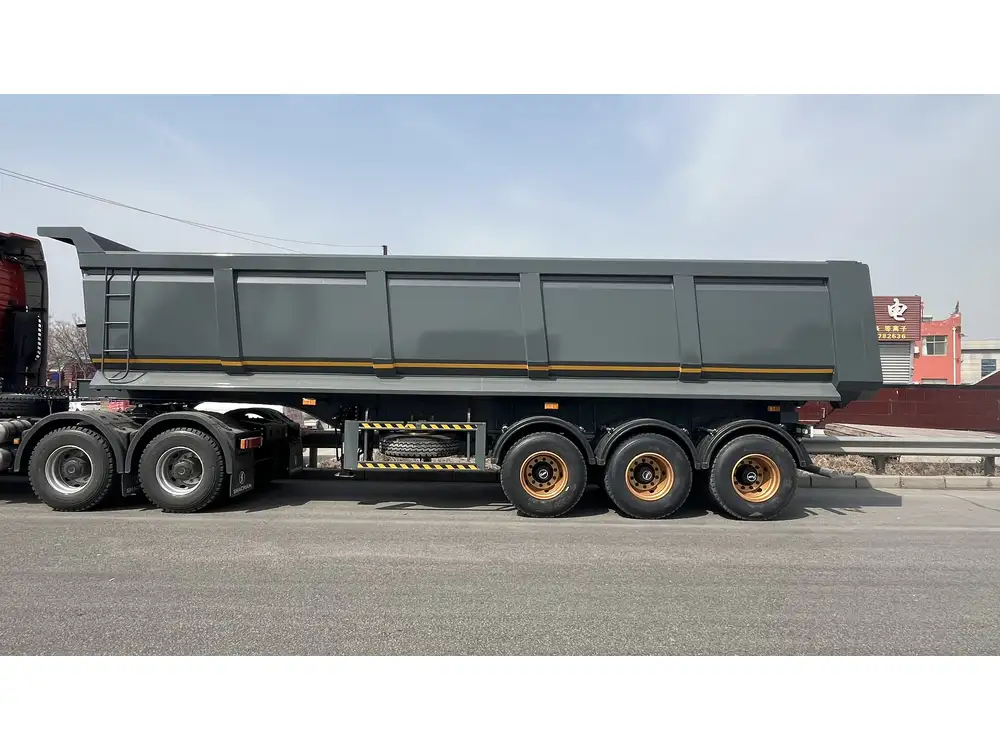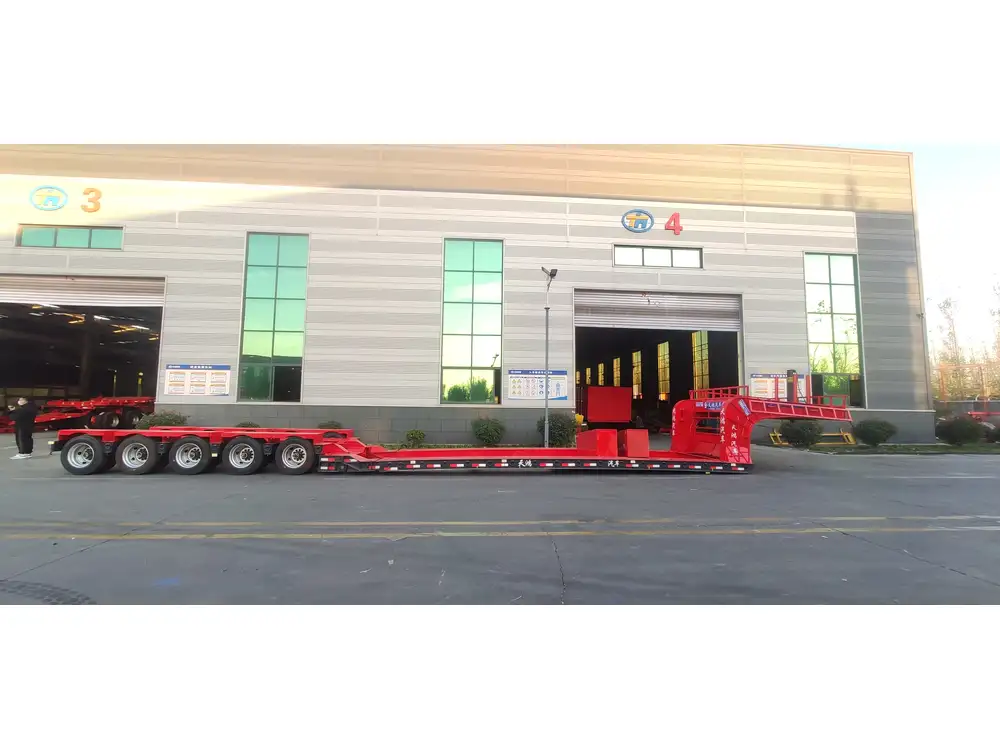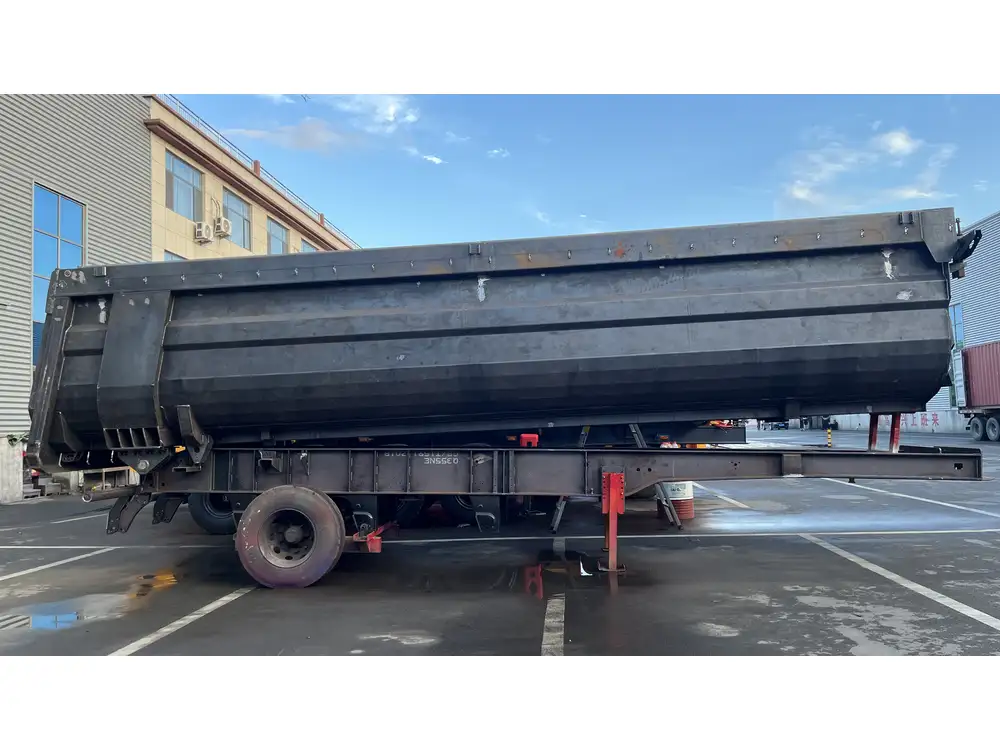When it comes to ensuring the safety and longevity of flatbed trailers, a meticulous mechanical check is paramount. Regular maintenance not only prevents costly repairs but also safeguards the cargo and protects the drivers. In this extensive guide, we delve into the intricacies of performing a mechanical check on flatbed trailers. We will dissect various components, outline essential maintenance procedures, and provide practical tips to streamline your inspections.
Understanding the Importance of Mechanical Checks
Maintaining your flatbed trailer is crucial for several reasons:
- Safety: A well-maintained trailer minimizes the risk of accidents.
- Compliance: Adhering to safety regulations helps avoid fines and legal issues.
- Cost-Efficiency: Preventative maintenance can save money by avoiding major repairs down the line.
- Performance: Regular checks ensure your trailer operates at peak efficiency.
Components to Inspect During a Mechanical Check
- Tires
- Check for uneven wear patterns.
- Inspect tire pressure using a digital gauge.
- Look for any visible damage, such as cuts or punctures.
| Tire Condition | Action Required | Frequency of Check |
|---|---|---|
| Good | Continue regular usage | Monthly |
| Moderate Wear | Rotate tires and inspect further | Bi-weekly |
| Severe Damage | Replace tires immediately | Immediate |
Brakes
- Inspect brake pads for thickness.
- Check the brake line for leaks or cracks.
- Test brake functionality on a short drive.
Lights and Electrical System
- Verify that all lights (brake, turn signals, marker lights) are operational.
- Conduct a visual inspection of wiring for frays or corrosion.
Suspension System
- Inspect springs, axles, and bushings for wear or damage.
- Ensure that suspension components are securely mounted.
Trailer Frame and Body
- Look for cracks, rust, or severe corrosion on the frame.
- Check the integrity of the body and any bolts or rivets.
Decking
- Inspect the flatbed surface for signs of wear, cracks, or rot.
- Ensure that any securing points, such as D-rings, are intact and functional.

Step-by-Step Mechanical Check Procedure
Step 1: Preparation
Before initiating the mechanical check, ensure you have the necessary tools and equipment. This includes:
- A tire pressure gauge
- Basic hand tools (wrenches, screwdrivers, pliers)
- A flashlight for inspecting hard-to-reach areas
- A digital multimeter for electrical checks
- A grease gun for lubrication
Step 2: Tire Inspection
- Pressure Check: Start by checking the tire pressure. Cross-reference against the manufacturer’s recommended settings.
- Surface Examination: Inspect each tire for signs of damage. Use a flashlight to investigate deeper grooves.
- Tread Depth Measurement: Utilize a tread depth gauge to determine how much tread remains.

Step 3: Brake Inspection
- Visual Assessment: Look at the brake pads and linings to gauge wear levels. Pad thickness should be greater than 1/4 inch.
- Brake Line Examination: Follow the brake lines from the actuator to the wheels, checking for any leaks or wear.
- Functionality Test: Perform a basic brake test by engaging the brakes while moving slowly.
Step 4: Electrical Test
- Light Functionality: Turn on the trailer lights while checking each one individually.
- Wiring Inspection: Inspect visible wiring for signs of corrosion or damage, tightening any loose connections.
- Voltage Test: Use a multimeter to check for proper voltage delivery to the lights and brakes.
Step 5: Suspension Check
- Component Inspection: Look closely at all suspension parts for signs of cracks or excessive wear.
- Security Examination: Rock the trailer back and forth to test component security and catch any wear-induced loosening.

Step 6: Frame and Body Evaluation
- Surface Check: Examine the frame for rust, using a wire brush to remove any loose particles.
- Structural Integrity: Look for cracks or bends in the frame, especially around critical mounting points.
Step 7: Decking Inspection
- Surface Condition: Check the decking for any signs of rot. Look beneath if possible to catch hidden decay.
- Fastening Points: Inspect D-rings and stake pockets for secure connections; loss of securing mechanisms may endanger cargo.
Additional Tips for Effective Mechanical Checks
- Maintain a Schedule: Create a regular maintenance schedule to ensure checks are performed at proper intervals.
- Documentation: Document all checks and any issues found for future reference and compliance.
- Professional Inspections: Consider engaging a professional mechanic for a thorough inspection annually.

Frequently Asked Questions
How often should a mechanical check be performed on flatbed trailers?
A mechanical check should be performed at least once a month, and prior to any long-haul trips.
What should I do if I find a severe issue during my inspection?
Severe issues, such as brake failure or major frame cracks, should be addressed immediately. Do not operate the trailer until repairs are made.

Can I perform the mechanical check myself?
Yes, many aspects of the check can be performed by an individual with basic mechanical knowledge. However, for complex issues, a professional mechanic is recommended.
Conclusion
Performing a mechanical check on flatbed trailers is not merely a task; it is an essential practice that ensures the safety of the driver, the integrity of the load, and the overall efficiency of the trailer. By systematically inspecting vital components—from tires to decking—and staying vigilant with maintenance schedules, we can significantly extend the lifespan of our flatbed trailers while mitigating risks associated with mechanical failures.
Incorporating these practices into your operational standard not only fosters a proactive approach towards maintenance but also cultivates a culture of safety, compliance, and reliability in the transport industry. By prioritizing these checks, we affirm our commitment to excellence in trailer manufacturing and transport safety.



